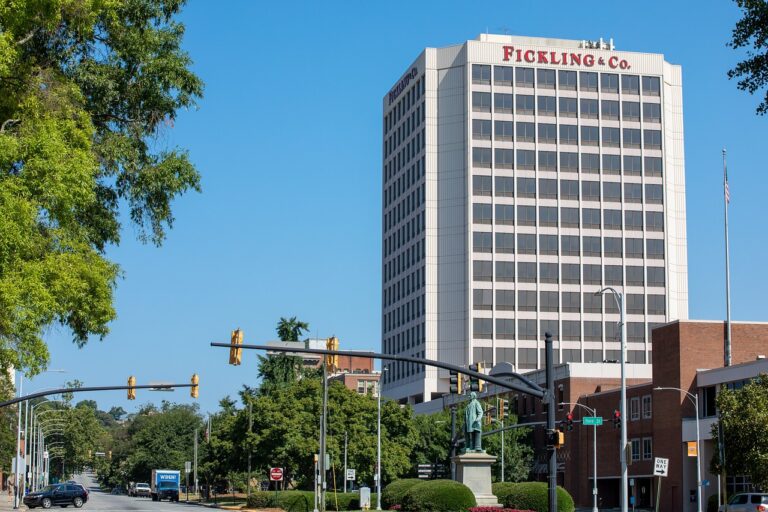Trends in Thermal Bridging Solutions for Energy-Efficient Buildings: Sky.247, Diamondexch9 com, Tiger exchange vip
sky.247, diamondexch9 com, tiger exchange vip: If you’re in the building industry, you’re probably aware of the importance of reducing thermal bridging in energy-efficient buildings. Thermal bridging occurs when materials with high thermal conductivity create a pathway for heat transfer, leading to increased energy consumption and reduced comfort levels. Luckily, there are several trends in thermal bridging solutions that can help address this issue and improve the overall energy efficiency of buildings.
Improved Insulation Materials
One of the most significant trends in thermal bridging solutions is the use of improved insulation materials. Traditional insulation materials like fiberglass and foam board are still widely used, but newer materials like aerogel insulation and vacuum insulation panels offer higher thermal resistance and lower thermal conductivity, reducing the potential for thermal bridging.
High-Performance Windows
Another trend in thermal bridging solutions is the use of high-performance windows. Windows are notorious for their poor thermal performance, but advancements in window technology have led to the development of windows with lower U-values and better insulation properties. By using high-performance windows, building owners can reduce the amount of heat transfer through windows, thereby minimizing thermal bridging.
Thermal Breaks
Thermal breaks are another effective solution for reducing thermal bridging in buildings. Thermal breaks are insulating materials placed between two conductive materials to prevent heat transfer. By incorporating thermal breaks into building assemblies, designers can create a continuous thermal barrier, reducing the impact of thermal bridging on energy consumption.
Advanced Framing Techniques
Advanced framing techniques are also gaining popularity as a way to reduce thermal bridging in buildings. By using techniques like insulated headers, ladder blocking, and two-stud corners, builders can minimize the amount of thermal bridging in exterior walls and improve overall energy efficiency.
Continuous Insulation
Continuous insulation is another key trend in thermal bridging solutions. By providing a continuous layer of insulation around the building envelope, designers can reduce thermal bridging and create a more airtight and energy-efficient building. Continuous insulation can be achieved using materials like rigid foam insulation or insulated sheathing.
Integrated Design Approach
Finally, an integrated design approach is essential for addressing thermal bridging in energy-efficient buildings. By considering thermal bridging from the early stages of design and involving all relevant stakeholders, designers can develop holistic solutions that address thermal bridging issues effectively. Integrated design approaches encompass building orientation, material selection, and construction techniques to create a comprehensive strategy for reducing thermal bridging.
While these trends in thermal bridging solutions are promising, it’s essential to consider the specific requirements of each building project to determine the most appropriate solutions. By staying informed about the latest advancements in thermal bridging solutions and working with experienced professionals, building owners can achieve energy-efficient buildings with minimal thermal bridging.
FAQs:
Q: How can I determine if my building has thermal bridging issues?
A: An energy audit conducted by a professional can help identify thermal bridging issues in your building.
Q: Are thermal bridging solutions expensive?
A: While some solutions may require a higher upfront investment, the long-term energy savings from reduced thermal bridging can offset the initial costs.
Q: Can thermal bridging solutions improve indoor comfort?
A: Yes, by reducing heat transfer and maintaining consistent indoor temperatures, thermal bridging solutions can improve indoor comfort levels in buildings.







